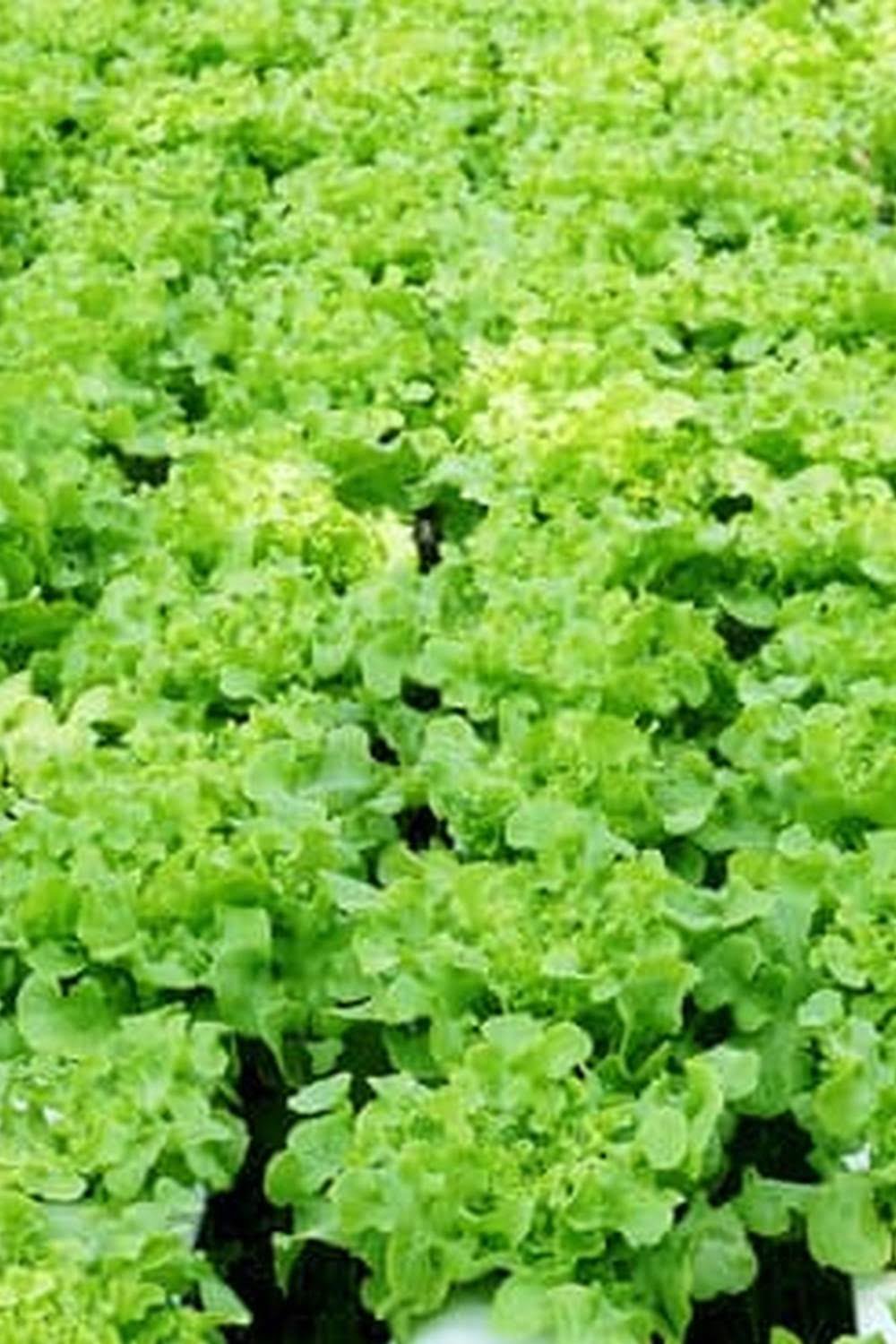How To Start A Garden Bed For Vegetables
There is nothing like the taste of fresh vegetables from your own garden. Not only will you know where your food comes from, but you will also save money on groceries. Starting a garden bed for vegetables is not difficult, and can be done in any sized yard.
The first step is to choose a location for your garden bed. The spot should get plenty of sun, and should be close to a water source. Mark out the area with stakes and string, or use a garden hose to outline the shape.
The next step is to prepare the soil. Remove any large rocks or debris, and then use a shovel to turn over the soil. Add some compost or manure to the soil, and mix it in well.
Now it is time to set up the garden bed. If you are using a raised bed, simply line the bed with landscape fabric and then fill it with soil. If you are using a traditional garden bed, dig a trench about 12 inches deep and line it with landscape fabric. Fill the trench with soil, and then pack it down well.
Now it is time to plant the vegetables. Refer to a gardening catalog or online guide to choose the vegetables that will grow best in your area. Be sure to read the planting instructions carefully, as some vegetables need to be planted at a specific depth.
Water the garden bed regularly, and keep an eye on the vegetables to make sure they are growing properly. Soon you will be enjoying fresh vegetables from your own garden!
Raised Bed Vegetable Garden Designs
If you are new to vegetable gardening, you may be wondering what kind of garden design is best for you. There are a number of different types of raised bed vegetable gardens to choose from.
One popular type of garden design is the square foot garden. This type of garden is designed for small spaces and is perfect for those who want to grow a variety of vegetables. Another type of garden is the traditional raised bed garden. This type of garden is perfect for those who want to grow a large garden, or for those who have limited space.
A third type of garden is the lasagna garden. This type of garden is perfect for those who want to garden organically. The lasagna garden is also a great way to recycle old materials and to reduce your carbon footprint.
Finally, there is the no-dig garden. This type of garden is perfect for those who want to garden organically and who want to conserve energy.
So, which type of garden is best for you? That depends on your needs and your preferences. If you are limited on space, the square foot garden may be the best option for you. If you want to garden organically, the lasagna garden or the no-dig garden may be the best option for you. If you want to grow a large garden, the traditional raised bed garden may be the best option for you.
What Should I Plant In My Raised Bed Vegetable Garden
?
When it comes to planting a raised bed vegetable garden, the sky is the limit! You can plant just about any vegetable you can think of. But, if you’re not sure where to start, here are a few of our favorite vegetables to plant in a raised bed garden:
Salad Greens: Lettuce, spinach, and arugula are all great choices for a salad garden. They’re easy to grow, and they’re a great way to get your daily dose of vitamins and minerals.
Tomatoes: Tomatoes are a classic choice for any garden, and they grow well in a raised bed garden. Be sure to choose a variety that is suited for your climate.
Peppers: Peppers are a great choice for a raised bed garden, and they’re easy to grow. Be sure to choose a variety that is suited for your climate.
Zucchini: Zucchini is a great choice for a raised bed garden, and it’s easy to grow. Be sure to choose a variety that is suited for your climate.
Beans: Beans are a great choice for a raised bed garden, and they’re easy to grow. Be sure to choose a variety that is suited for your climate.
When it comes to planting a raised bed vegetable garden, the sky is the limit! You can plant just about any vegetable you can think of. But, if you’re not sure where to start, here are a few of our favorite vegetables to plant in a raised bed garden:
Salad Greens: Lettuce, spinach, and arugula are all great choices for a salad garden. They’re easy to grow, and they’re a great way to get your daily dose of vitamins and minerals.
Tomatoes: Tomatoes are a classic choice for any garden, and they grow well in a raised bed garden. Be sure to choose a variety that is suited for your climate.
Peppers: Peppers are a great choice for a raised bed garden, and they’re easy to grow. Be sure to choose a variety that is suited for your climate.
Zucchini: Zucchini is a great choice for a raised bed garden, and it’s easy to grow. Be sure to choose a variety that is suited for your climate.
Beans: Beans are a great choice for a raised bed garden, and they’re easy to grow. Be sure to choose a variety that is suited for your climate.
Designing A Vegetable Garden Bed
The best time to plant a vegetable garden is early spring, after the last frost. The most important factor in planning your garden is to choose a location that has full sun exposure and good drainage.
When designing your garden bed, be sure to leave plenty of room for each plant to grow. Also, make sure the vegetables you choose are compatible with one another. For example, tomatoes and peppers like warm weather and should not be planted near each other.
If you are limited on space, you can grow vegetables in containers. Just be sure to use a potting mix that is specifically for vegetables, and make sure the containers have drainage holes.
When planting your vegetables, follow the instructions on the seed packet. Be sure to water them regularly, and fertilize them every few weeks with a balanced fertilizer.
Your vegetable garden will provide you with fresh, healthy produce all season long. Enjoy!
Raised Beds For Garden Vegetables
There are many benefits to using raised beds for your vegetable garden. The first is that the soil is warmer in the spring, so you can get a head start on your gardening. The second is that the soil is easier to work, so you can get your plants in the ground sooner. The third is that the soil is better drained, so you won’t have to worry about your plants rotting in the rain. The fourth is that the soil is richer in nutrients, so your plants will be healthier. The fifth is that the beds are easier to weed, so you will have a neater garden. And the last is that the beds are attractive, so your garden will look nicer.

If you’re looking to get into vegetable gardening, or are just looking for some tips on how to make your current garden better, then you’ve come to the right place! My name is Ethel and I have been gardening for years. In this blog, I’m going to share with you some of my best tips on how to create a successful vegetable garden.





